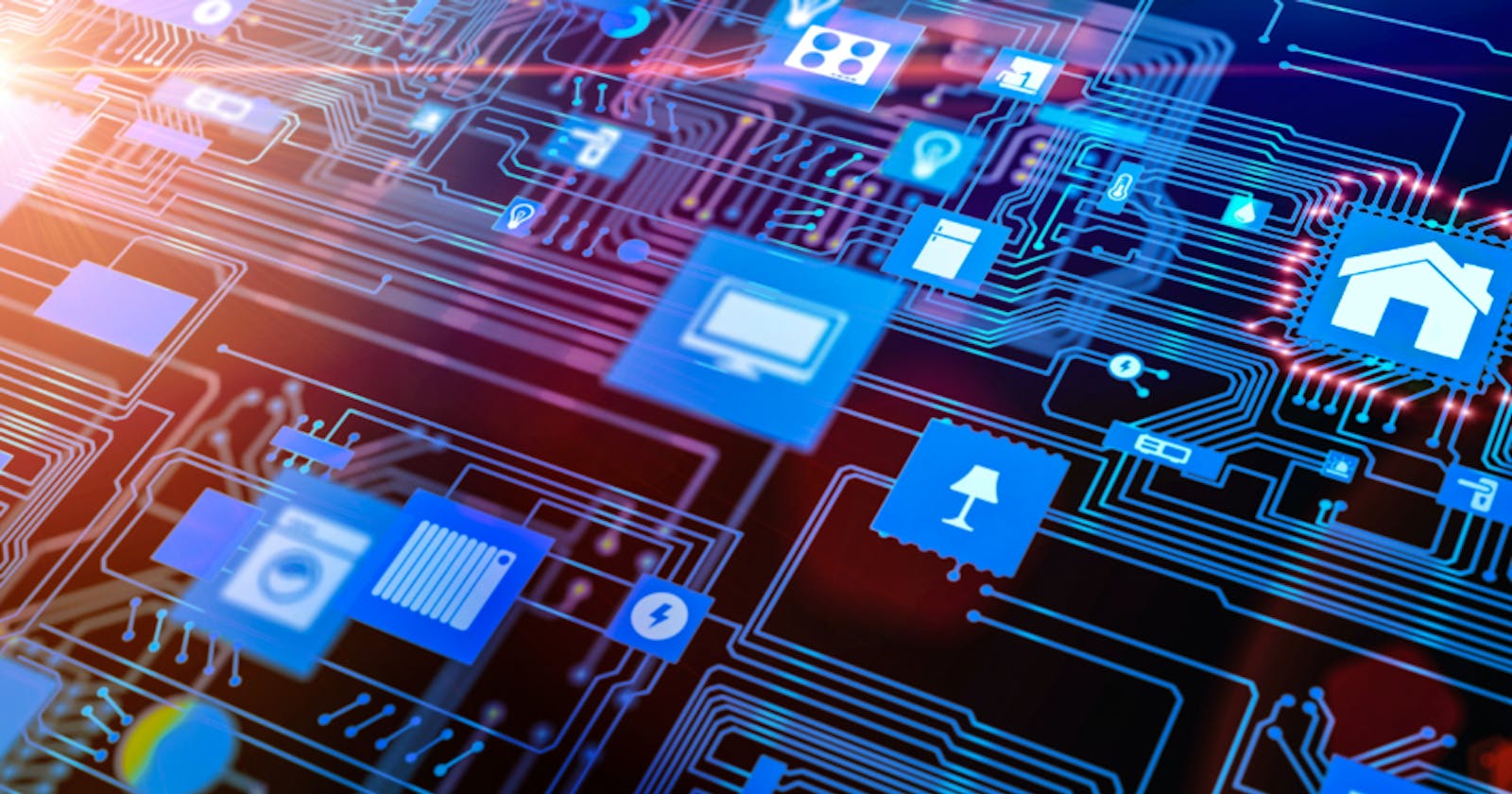INTRODUCTION
In the two earlier articles in this series, we examined the definition, operation, and the pros and cons of the Internet of Things (IoT).
In this article, we explore six significant types of IoT sensors and their functions.
TYPES OF IOT SENSORS
1. Proximity Sensors
These detect how close an object is to or from other foreign bodies. They notice the distance of objects within the vicinity (of the device) and transmit signals to the user without coming in contact with said objects.
From inductive sensors used in streetlights, capacitive sensors that detect metals, photoelectric sensors in cars to notify distance from entities to ultrasonic sensors used in modern-day submarines, proximity sensors are all around us.
Interestingly, proximity sensors are adaptable for use in different industries. They also come in handy in our daily lives, through their presence in our mobile devices, helping us navigate with ease.
2. Pressure Sensors
Digital scales, elevators, and check out tables (at certain malls) have pressure sensors. Pressure sensors convert exerted pressure into electric signals that can be accessed by the user or forwarded to a database.
The hydraulics industry benefits from this IoT sensor, as water pressure (in pipes, for instance) is assessed accurately and digitally transmitted to the control room. Airplanes also detect extra weight through these digital detectors.
3. Motion Detector Sensors(MDS)
MDS detect motion, either of objects or humans. Detection is performed by communicating electrical signals, generated by bodily movement around the sensors, as information to a defined source.
Smart cameras, automated door controls, sinks, hand dryers, lights, self-driving cars all possess MDS. The significant benefits these sensors bring is security and comfort. By scanning movement patterns, these help alert users if there's a strange person close to their property.
4. Accelerometer sensors
Accelerometer sensors detect a change in the velocity of the object they're attached to. Hence, when a stationary object is moved, the sensors digitally transmit a signal (by vibrating, in the case of phones) to alert the user of new developments.
Aviation, mobile devices, sports, construction, surveillance, and many more are all beneficiaries of this technology, as measuring speed and position becomes more accurate.
5. Optical Sensors
These measure the visible quantity of light rays and convert them to readable electric signals. Optical Sensors can measure different forms of electromagnetic energy, including light, electricity, and photoelectric waves.
A wide range of industries, from healthcare to construction, benefit from this innovation. Fiber optics is one of the most used optical sensors, as it can continue to operate regardless of the harsh conditions around it. Fiber optics are also immune to electromagnetic interference.
6. Infrared Sensors
Infrared sensors have been around for a while now. They are present in TV remote controls, helping us switch channels with ease. They operate by sending or detecting infrared signals around them. Healthcare also exploits infrared sensors to detect and monitor blood pressure.
CONCLUSION
All in all, IoT sensors help manage the operation of machines and devices more accurately while documenting their process for future reference.
There are numerous other IoT sensors in existence, and many more exist as the years go by. Temperature, gas, noise, humidity, image, gyroscope, and chemical sensors are also part of the big family of IoT sensors.
More apps are developed to control and ease the use of IoT devices, by an increased focus on controlling the sensors embedded within these devices.
